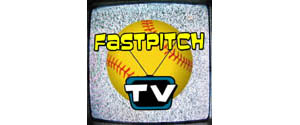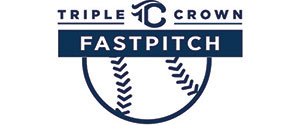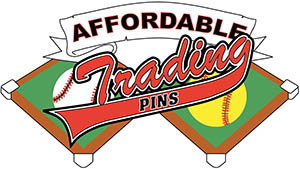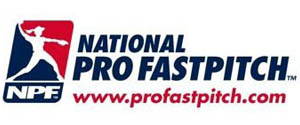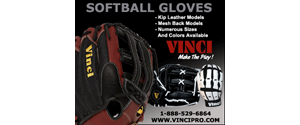Every time we introduce an exciting new product, rumors of our demise spring up. We have had an incredible spring. We released the redesigned TechZilla, the updated RocketTech, the Improved Techzilla XP (-9 (2 1/4) youth baseball), the Nanotek XS (-3 baseball), the Nanotek XT (-5 baseball), the KXR8 (-8 senior League baseball), the KXR10 (-10 senior League baseball) and the Nanotek SP (slowpitch softball).
The K-series is built from a brand new alloy. The NanoTek is a whole new, all metal composite, technology featuring the "LaunchPad" design!
I'm new to HeyBucket but as the Anderson Bat Chief Engineer, I invite you to ask any technical questions you may have about Anderson Bats in particular or the physics of the ball/bat collision in general.
Steven Anderson
Anderson Bat Company, LLC















